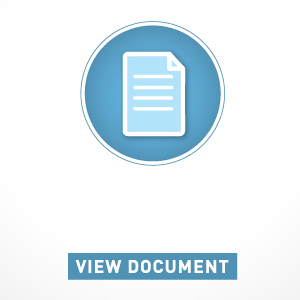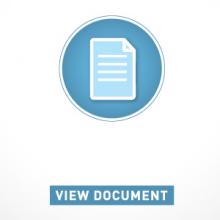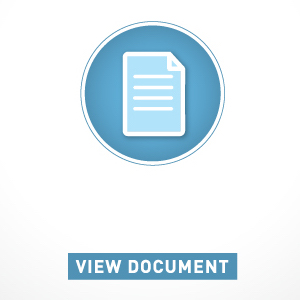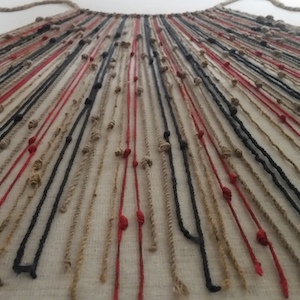Culture

Speculum Historiale by Vincent of Beauvais
Earlier accounts of Charlemagne’s life, rife with positive bias though many may be, pale in comparison to the heavily legendary account present in the thirteenth century’s memory of Charlemagne.

Deeds of Emperor Charles the Great
Later in the 9th century, Notker “the Stammerer” of St.-Gall wrote his Gesta Karoli Magni Imperatoris (Deeds of Emperor Charles the Great). He dedicated the work to Charlemagne’s great-grandson Charles the Fat (r.

Excerpts from the Vita Karoli Magni
Let us investigate the work of Charlemagne’s courtier Einhard, the Vita Karoli Magni, or Life of Charles the Great, which was composed during the reign of Louis the Pious, probably during the long decade from around 817-830.

Long Teaching Module: Inca Society
In South America in the centuries before 1500, the Peruvian coast and Andean highlands were home to a series of cultures that cultivated cotton as well as food crops. Of these, the largest empire was created by the Incas, who began as a small militaristic group and conquered surrounding groups.

Illustrations from Guaman Poma, El Primer Nueva Coránica y Buen Gobierno
These two illustrations come from El Primer Nueva Coránica y Buen Gobierno [The First New Chronicle and Good Government] (1615), a history of the Inca Empire and the Spanish conquest of the Andes written and illustrated by Filipe Guaman Poma y Ayala, an indigenous Peruvian Christian noble.

Extract from Garcilaso de la Vega, Royal Commentaries of the Incas and General History of Peru
This is an extract from the chronicles of Garcilaso de la Vega (1539–1616), the son of a Spanish conquistador and an Inca noble woman, who grew up in Peru but left there as a young man and spent the rest of his life in Spain.

Extract from Garcilaso de la Vega, Royal Commentaries of the Incas and General History of Peru
This is an extract from the chronicles of Garcilaso de la Vega (1539–1616), the son of a Spanish conquistador and an Inca noble woman, who grew up in Peru but left there as a young man and spent the rest of his life in Spain.

Pedro de Cieza de León, Crónicas
This is an extract from the chronicles of Pedro de Cieza de León (1520–1554), a Spanish soldier and writer who compiled a history of Peru during his seventeen years there.

Report from the General Inspection of the Chupaychu
This is a report from a Spanish inspector dating from 1549, written by a European scribe, based on an Andean’s reading of a khipu, the collections of cords on which Incas recorded information.

Inca Khipu
Andean peoples, including the Incas, recorded information on khipus (also spelled quipu), collections of colored and knotted cords such as this one.